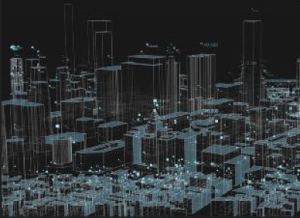
Agencies are challenged to move more and more services online, become more transparent, and leverage new streams of data from the Internet of Things (IoT) for better decision making, all while securing the systems and the data they hold. If that is not challenging enough, cyber threats against all of these efforts are continually evolving. A series of strategies and ongoing guidance are helping agencies prioritize work and budget requests to make the most impactful investments in their cybersecurity infrastructure.
The National Cybersecurity Strategy (NCS) provides broad guidance to help position the United States to build a digital ecosystem that is more easily and inherently defensible, resilient, and aligned with its values. Efforts to do so are organized around five pillars:
1) Defend Critical Infrastructure
2) Disrupt and Dismantle Threat Actors
3) Shape Market Forces to Drive Security and Resilience
4) Invest in a Resilient Future
5) Forge International Partnerships to Pursue Shared Goals Continue reading








